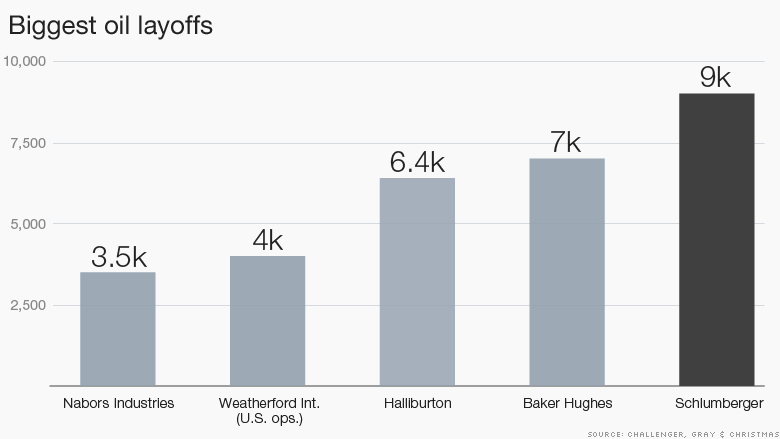Christina Heinritz
Insight AP Econ
Mrs. Straub
22 February 2016
Source: When to Buy Flights.
Airline Tickets
Spring break is just around the corner and you know what that means— warm weather, a break from homework and time to relax with friends and family. The only downfall of going on these vacations is that plane tickets for these destinations must be purchased far in advance in order to obtain them for an affordable price. As spring break and vacation days approach, the ticket prices for airlines skyrocket because there is an increase in demand since many individuals want to travel away from the cold weather in their hometowns.
When the airline industry began, it was mainly a monopolistically competitive industry with many different airlines selling similar services but offering various benefits. For example, Frontier offered free cookies and pretzels to consumers to lure them into buying tickets through their airline again for their next vacations (Pabst). Now, the airline industry has been transformed and is mostly an oligopoly that consists of four airlines: Delta, Southwest, United, and American/US Airways (Hewitt). This has changed the way the pricing is ran because the companies don’t necessarily have to all have similar pricing, but have the choice to potentially raise the prices to make more revenue for their company since there are only a few other major competitors.
Not only has the airline industry become oligopolistic, but the fuel prices to run the planes have gone down by nearly 40% (“Save”). Normally, this would shift the aggregate supply curve to the right because the resource prices decreased, but in this case, there is still prominent demand because consumers are always desiring to fly places. Since there is still a constant demand for airlines and it is an oligopoly, the ticket prices for flights aren’t required to be lowered, allowing airline companies to make even more than they would if they had stayed a monopolistically competitive industry. A research analyst, Patrick Surry, states that, “Jet fuel prices...have plunged to about $1.00 per gallon as oil prices have dropped...Since fuel represents about 30% of an airline’s costs, that...gives them a lot more flexibility in terms of competing on price,” (Lee). Along with that, the video linked below provides more information about the cost of flight tickets and how they have gone up 1.5% in just the last year (“Save”).
The drastic fluctuation of airline ticket prices affects the number of families that are able to purchase tickets during the spring time. Families with a higher disposable income can afford going on vacations by airplane. Others who have a lower disposable income tend to stay in the area, go somewhere close from their hometown or go on road trips versus taking a flight to their destination. By doing this, they are capable of saving money to invest in other options. Another option opposed to buying plane tickets with seating right next to each other is booking seats individually (“Save”). Although this may be a negative externality since one has to sit next to strangers instead of people they know, individuals are still able to travel from place to place in a shorter amount of time and can save money based on if they purchase a ticket within 27-114 days before their vacation (Travel Tips). According to the graph above, the prime time to book a plane ticket is 47 days before the vacation because it is not cutting it too close to the deadline but still allows for decent seating arrangements that one desires (When to Buy Flight Tickets).
So will the airplane ticket prices ever come down? The answer is no, not likely, because the airplane industry has become an oligopoly and has no incentive to lower the prices because there is a constant demand to get from place to place and air travel is one of the fastest options (Hewitt). Also, the low fuel prices assist the industry greatly in continuing to make revenue and I don’t believe that the ticket prices will be going down anytime soon unless there is an open on a flight needing to be filled.
Works Cited
"Save Big on Airline Tickets." ABC News. ABC News Network, 2015. Web. 22 Feb. 2016.
Hewitt, Ed. "Oil Is Cheap -- So Why Aren't Airfares?" TheIndependentTraveler.com. The Independent Travel Inc., 2016. Web. 22 Feb. 2016.
Lee, Laura. "Even Lower Airfare Prices in 2016." Fox Business. Fox 6 News Network, LLC, 19 Jan. 2016. Web. 22 Feb. 2016.
Pabst, Georgia. "Frontier Airlines Says Goodbye to the Cookie." JS Online. Journal Sentinel, Inc., 1 Apr. 2012. Web. 22 Feb. 2016.
Travel Tips. "CheapAir.com." CheapAir. CheapAir.com, 11 Feb. 2015. Web. 22 Feb. 2016.
When to Buy Flights. 2014. CheapAir. Web. 22 Feb. 2016.

